Mark Shaw: One very dry demo
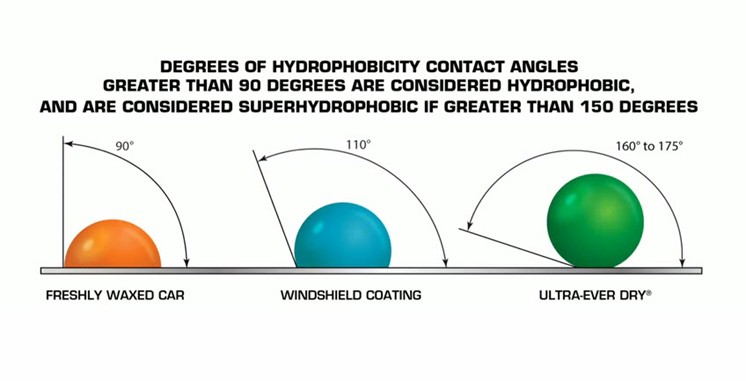
I'm here to show you how something you can't see can be so much fun to look at. You're about to experience a new, available and exciting technology that's going to make us rethink how we waterproof our lives.
What I have here is a cinder block that we've coated half with a nanotechnology spray that can be applied to almost any material. It's called Ultra-Ever Dry, and when you apply it to any material, it turns into a superhydrophobic shield. So this is a cinder block, uncoated, and you can see that it's porous, it absorbs water. Not anymore. Porous, nonporous.
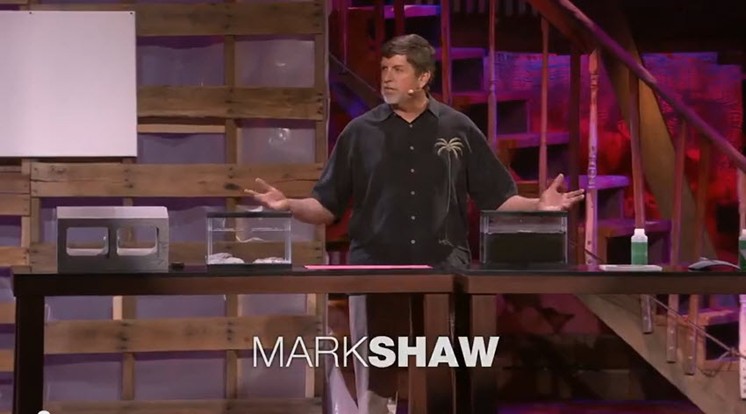
So what's superhydrophobic? Superhydrophobic is how we measure a drop of water on a surface. The rounder it is, the more hydrophobic it is, and if it's really round, it's superhydrophobic. A freshly waxed car, the water molecules slump to about 90 degrees. A windshield coating is going to give you about 110 degrees. But what you're seeing here is 160 to 175 degrees, and anything over 150 is superhydrophobic. So as part of the demonstration, what I have is a pair of gloves, and we've coated one of the gloves with the nanotechnology coating, and let's see if you can tell which one, and I'll give you a hint.
Did you guess the one that was dry?
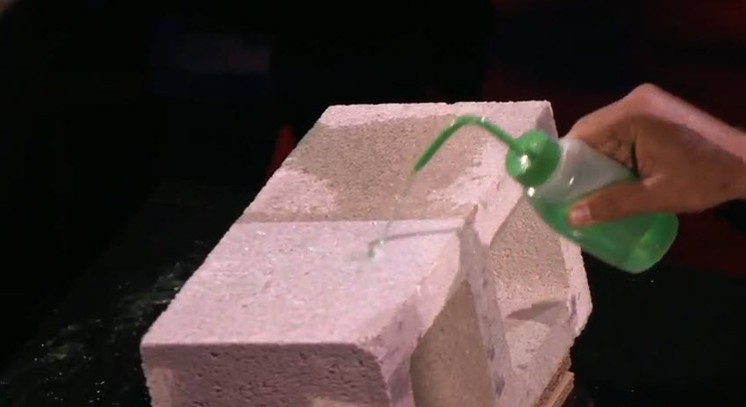
When you have nanotechnology and nanoscience, what's occurred is that we're able to now look at atoms and molecules and actually control them for great benefits. And we're talking really small here. The way you measure nanotechnology is in nanometers, and one nanometer is a billionth of a meter, and to put some scale to that, if you had a nanoparticle that was one nanometer thick, and you put it side by side, and you had 50,000 of them, you'd be the width of a human hair. So very small, but very useful.
And it's not just water that this works with. It's a lot of water-based materials like concrete, water-based paint, mud, and also some refined oils as well.
You can see the difference.
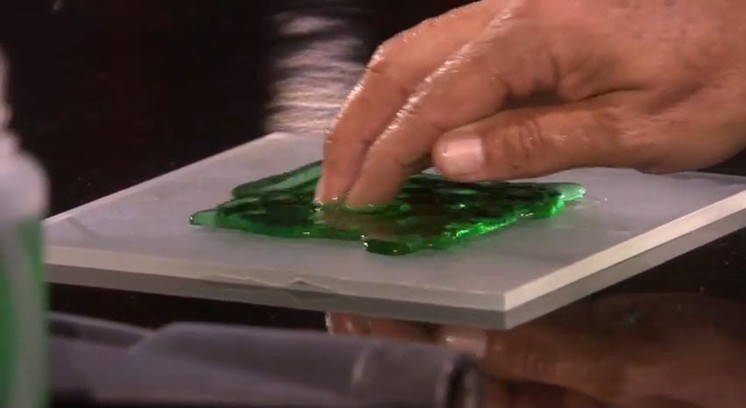
Moving onto the next demonstration, we've taken a pane of glass and we've coated the outside of it, we've framed it with the nanotechnology coating, and we're going to pour this green-tinted water inside the middle, and you're going to see, it's going to spread out on glass like you'd normally think it would, except when it hits the coating, it stops, and I can't even coax it to leave. It's that afraid of the water.
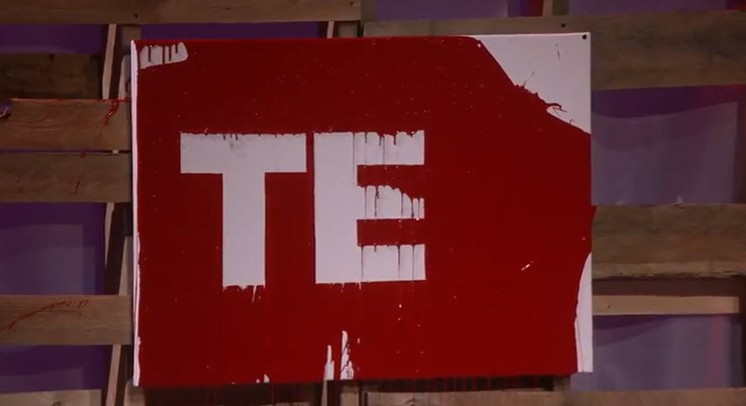
(Applause)